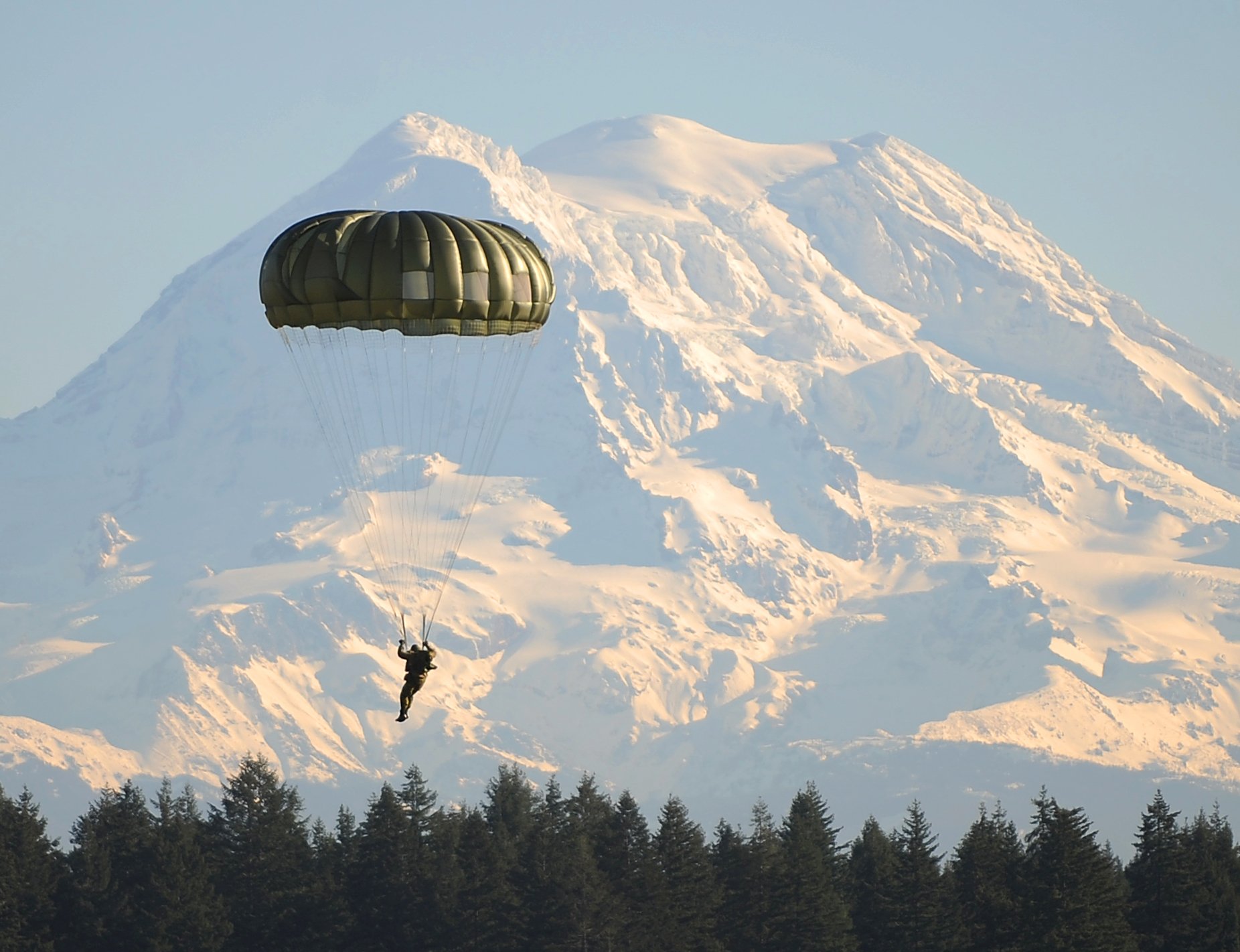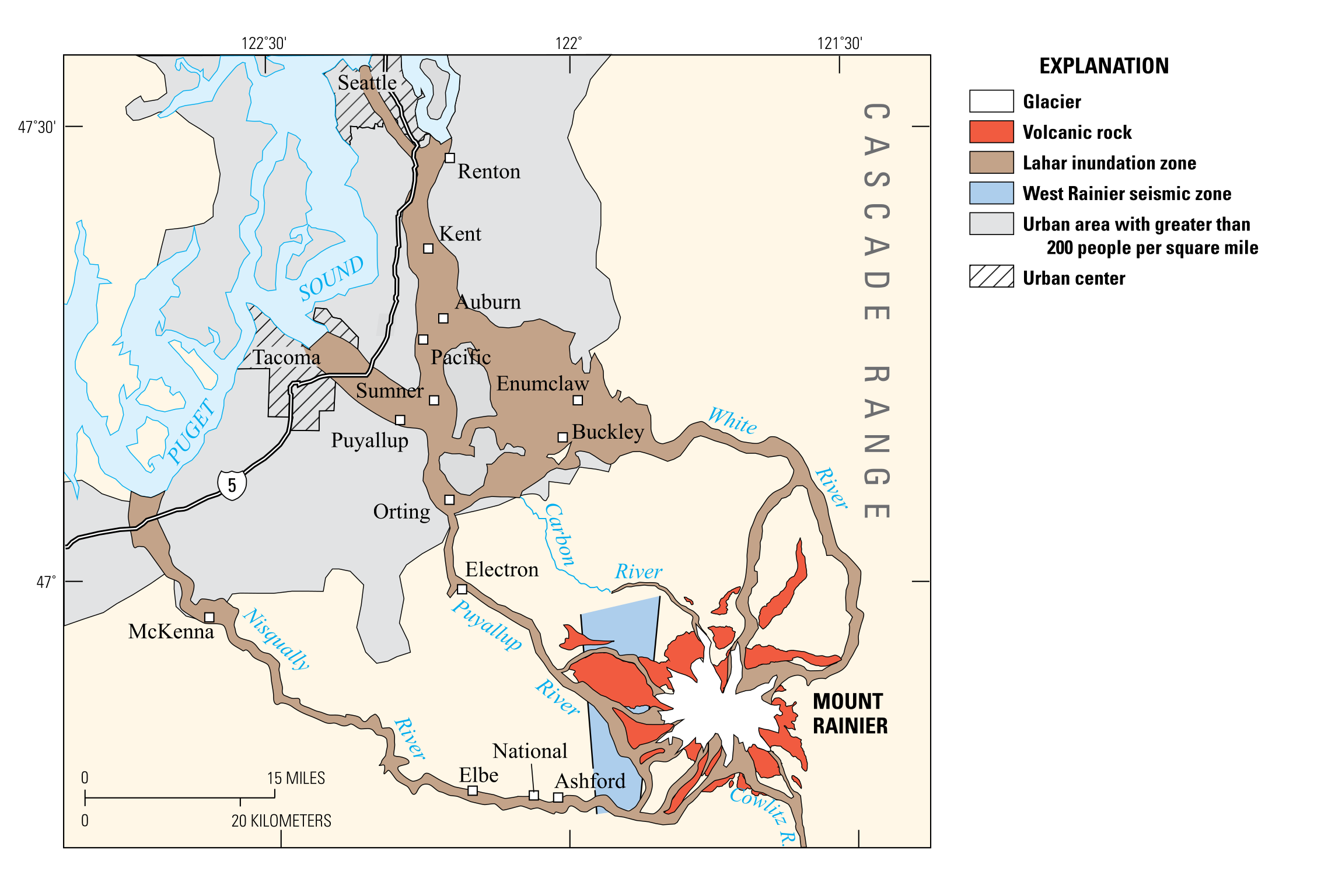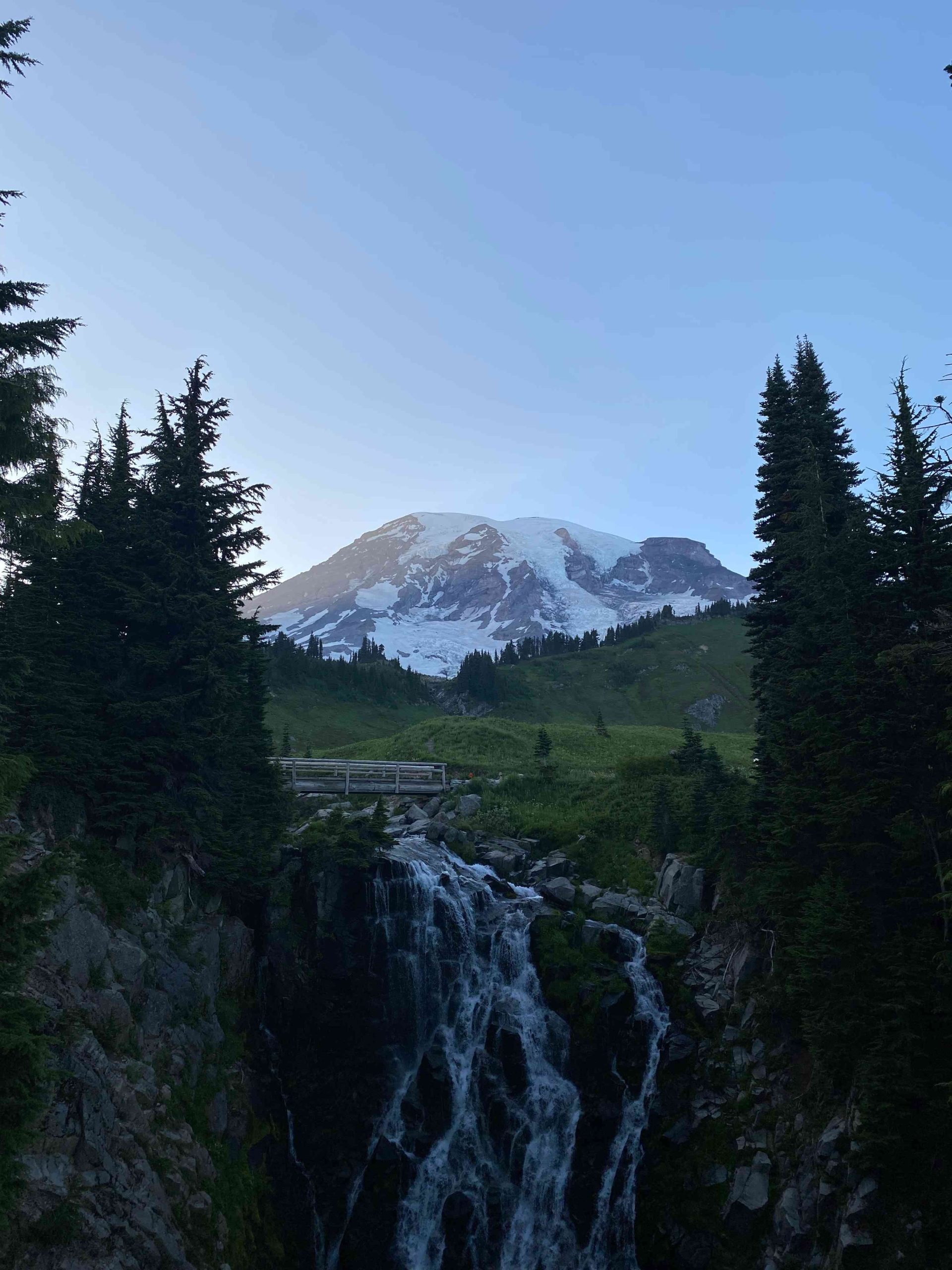Hidden Lake Mount Rainier is a captivating destination for hikers and nature enthusiasts. Located in the North Cascades, this trail offers breathtaking views of alpine landscapes, challenging terrain, and the opportunity to experience the beauty of the Pacific Northwest. The 8-mile round trip hike features an elevation gain of 3,300 feet, leading to a historic fire lookout at 6,900 feet. Visitors can expect diverse ecosystems, from dense forests to meadows filled with wildflowers, and stunning vistas of surrounding peaks.
What Are the Current Trail Conditions at Hidden Lake Mount Rainier?

As of late November 2024, the Hidden Lake trail is experiencing winter conditions:
- Deep snow, especially at higher elevations
- Icy patches along the trail
- Need for winter gear such as snowshoes and microspikes
- Potential road closures due to snow and washouts
Hikers should be prepared for:
- Challenging navigation in snowy conditions
- Steep and rocky ascents
- Possible route-finding difficulties near the saddle
- Rough and rutted access road to the trailhead
It’s crucial to check the most recent trail reports and weather forecasts before embarking on this hike during the winter months.
How Difficult is the Hidden Lake Mount Rainier Trail?

The Hidden Lake trail is rated as “hard” due to several factors:
| Factor | Details |
|---|---|
| Distance | 8.0 miles roundtrip |
| Elevation Gain | 3,300 feet |
| Highest Point | 6,900 feet |
| Terrain | Dense forest, meadows, alpine environment |
The trail presents challenges such as:
- Steep ascents
- Rocky sections requiring careful footing
- Potential for confusing route-finding, especially near the saddle
- Exposure to varying weather conditions
Hikers should be in good physical condition and prepared for a strenuous day hike or overnight backpacking trip.
What Are the Camping Options at Hidden Lake Mount Rainier?
Camping at Hidden Lake offers a unique backcountry experience:
- Hidden Lake Lookout:
- First-come, first-served basis
- Accommodates 6-8 people
-
Historic fire lookout structure
-
Trail Campsites:
- Available in early sections under trees
- High meadow areas for camping
Important camping considerations:
- No campfires allowed; use backcountry stoves only
- No restroom facilities; practice Leave No Trace principles
- Backcountry permit required for overnight stays
- Limited space; arrive early for best site selection
What Are the Best Practices for Photography at Hidden Lake Mount Rainier?
To capture the beauty of Hidden Lake, consider these photography tips:
- Optimal Lighting Times:
- Early morning for soft, golden light
-
Late afternoon for dramatic shadows and colors
-
Recommended Gear:
- Weather-sealed camera body
- Wide-angle lens for landscapes
- Telephoto lens for wildlife and distant peaks
-
Sturdy tripod for stability in varying terrain
-
Photography Etiquette:
- Respect fragile alpine environments
- Avoid disturbing wildlife
- Be mindful of other hikers and their experience
Best locations for photography include:
- The fire lookout for panoramic views
- Alpine meadows during wildflower season
- Reflections in Hidden Lake itself
- Ridge lines for dramatic mountain vistas
How Can I Access Hidden Lake Mount Rainier?
Accessing Hidden Lake requires careful planning:
- Driving:
- Follow FS 1540 to the trailhead
- High-clearance vehicle recommended
-
Be prepared for steep, rutted, and rocky road conditions
-
Parking:
- Limited space at trailhead
- Arrive early to secure a spot
-
Park considerately to allow others to enter and exit
-
Accessibility Considerations:
- No shuttle services available
- Trail not suitable for those with mobility issues
- Rough access road may be challenging for some vehicles
What Should I Pack for a Hidden Lake Mount Rainier Hike?
Essential items for your Hidden Lake hike include:
- Navigation:
- Topographic map
- Compass or GPS device
-
Trail description and recent condition reports
-
Safety:
- First aid kit
- Emergency shelter
-
Headlamp with extra batteries
-
Clothing:
- Moisture-wicking base layers
- Insulating mid-layers
- Waterproof and breathable outer layer
- Sturdy hiking boots
-
Extra socks
-
Food and Water:
- More than enough water or water filtration system
- High-energy snacks and meals
-
Cooking equipment if staying overnight
-
Other Essentials:
- Sun protection (sunscreen, hat, sunglasses)
- Insect repellent
- Camera for capturing memories
- Trekking poles for stability
What is the Best Time to Visit Hidden Lake Mount Rainier?
The optimal time to visit Hidden Lake depends on your preferences:
- Summer (July-September):
- Peak hiking season
- Wildflowers in bloom
- Clearest weather conditions
-
Busiest time on the trail
-
Fall (Late September-October):
- Fall colors in the landscape
- Fewer crowds
-
Potential for early snow at higher elevations
-
Winter and Spring (November-June):
- Snow-covered landscapes
- Advanced winter hiking skills required
- Avalanche awareness necessary
- Possible road closures limiting access
Consider your skill level, desired experience, and current conditions when planning your visit to Hidden Lake Mount Rainier.
References:
1. AllTrails – Hidden Lake Lookout
2. Dirty Shoes and Epic Views – Hidden Lake Lookout Trail
3. Washington Trails Association – Hidden Lake Lookout

